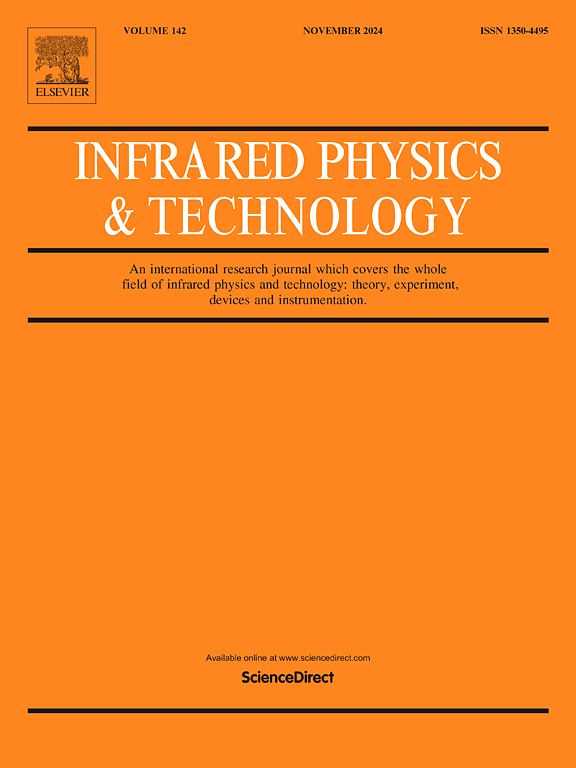基于班级不平衡学习的太赫兹光谱神经胶质瘤分级识别
IF 3.1
3区 物理与天体物理
Q2 INSTRUMENTS & INSTRUMENTATION
引用次数: 0
摘要
胶质瘤分级对预后和生存预测至关重要。临床上胶质瘤分为低级别胶质瘤(LGG、WHO II)和高级别胶质瘤(HGG、WHO III和IV)。与传统的诊断方法相比,太赫兹光谱具有时间效率和无标记检测等优势。在这项研究中,我们提出了一个基于太赫兹光谱数据区分胶质瘤等级的机器学习模型,首次纳入了来自不同级别胶质瘤的太赫兹光谱数据的类别不平衡。共纳入21例420份样本资料。采用ros、RUS和smote三种数据处理方法,采用三种分类器构建模型。我们比较了三种数据处理方法的效果,并在一个测试集上验证了所提出的方法。以曲线下面积(area under The curve, AUC)评价该算法的最佳性能,达到最大值88.8%。这代表了快速胶质瘤分级诊断工具发展的重大进步,并为胶质瘤的手术方案提供了更有效的指导。本文章由计算机程序翻译,如有差异,请以英文原文为准。
Glioma grade discrimination based on class imbalance learning with terahertz spectral data
Grading gliomas is crucial for prognosis and survival prediction. Clinically, gliomas are categorized into low-grade gliomas (LGG, WHO II) and high-grade gliomas (HGG, WHO III and IV). Compared to traditional diagnostic methods, terahertz spectroscopy offers advantages such as time efficiency and label-free detection. In this study, we propose a machine learning model for discriminating glioma grades based on terahertz spectral data, incorporating, for the first time, the class imbalance of terahertz spectral data from different glioma grades. A total of 420 sample data from 21 cases were included. Three data processing methods—ROS, RUS, and SMOTE—were utilized, and three classifiers were employed to construct the model. We compared the effects of the three data processing methods and validated the proposed method on a test set. The best performance of the proposed algorithm, evaluated by the area under the curve (AUC), achieved a maximum value of 88.8%. This represents a significant advancement in the development of a rapid glioma grade diagnostic tool and provides more effective guidance for developing surgical protocols for gliomas.
求助全文
通过发布文献求助,成功后即可免费获取论文全文。
去求助
来源期刊
CiteScore
5.70
自引率
12.10%
发文量
400
审稿时长
67 days
期刊介绍:
The Journal covers the entire field of infrared physics and technology: theory, experiment, application, devices and instrumentation. Infrared'' is defined as covering the near, mid and far infrared (terahertz) regions from 0.75um (750nm) to 1mm (300GHz.) Submissions in the 300GHz to 100GHz region may be accepted at the editors discretion if their content is relevant to shorter wavelengths. Submissions must be primarily concerned with and directly relevant to this spectral region.
Its core topics can be summarized as the generation, propagation and detection, of infrared radiation; the associated optics, materials and devices; and its use in all fields of science, industry, engineering and medicine.
Infrared techniques occur in many different fields, notably spectroscopy and interferometry; material characterization and processing; atmospheric physics, astronomy and space research. Scientific aspects include lasers, quantum optics, quantum electronics, image processing and semiconductor physics. Some important applications are medical diagnostics and treatment, industrial inspection and environmental monitoring.

 求助内容:
求助内容: 应助结果提醒方式:
应助结果提醒方式:


